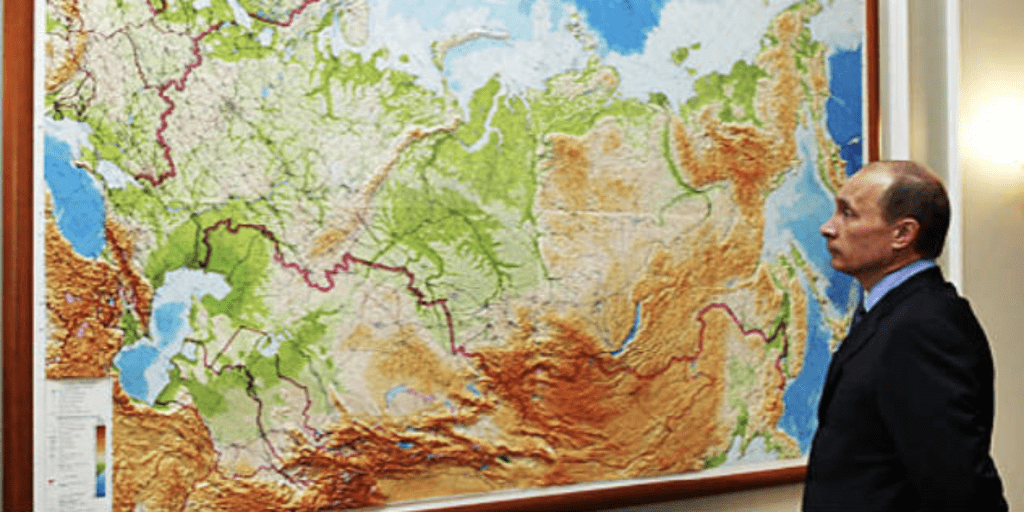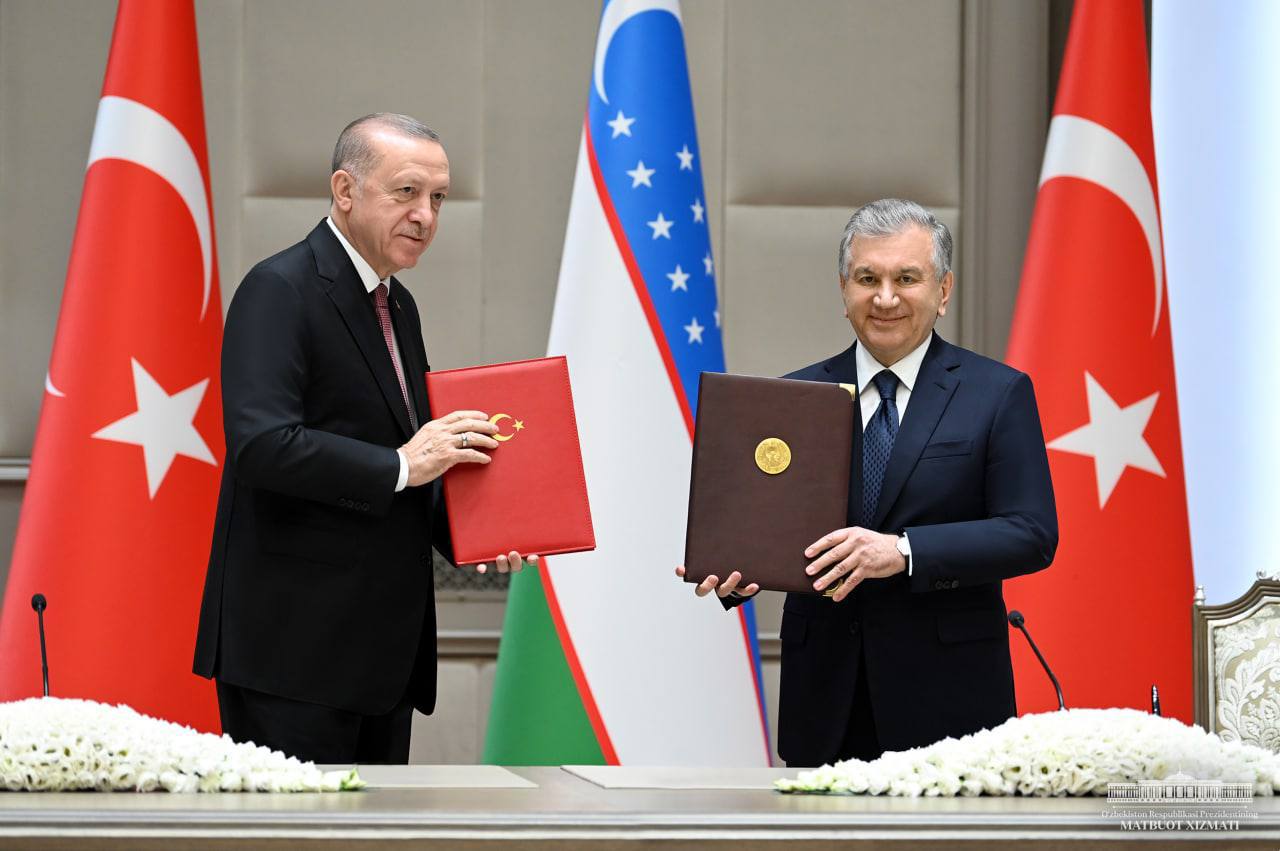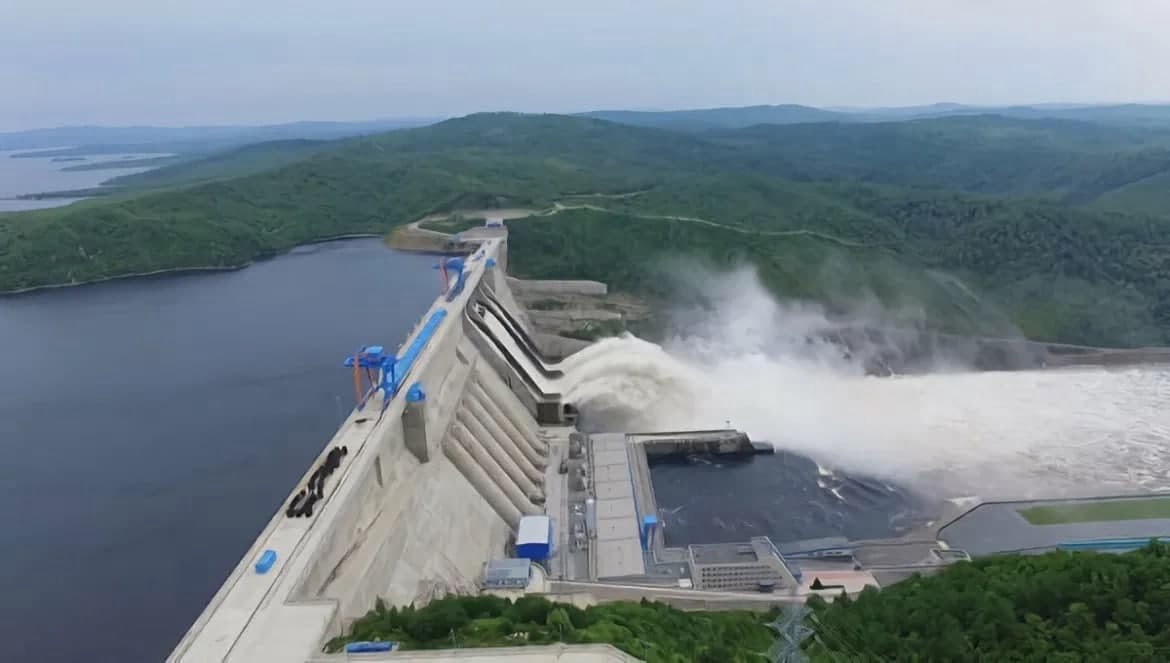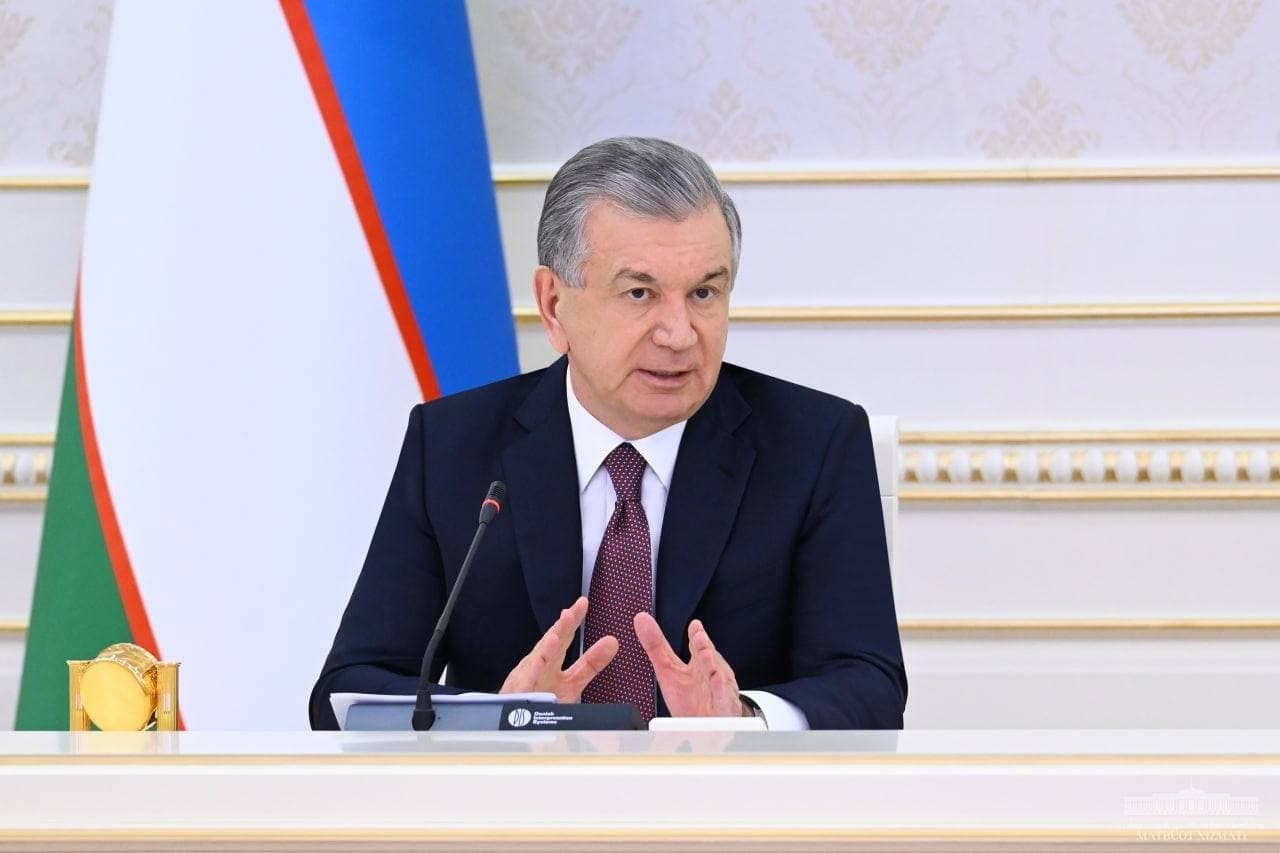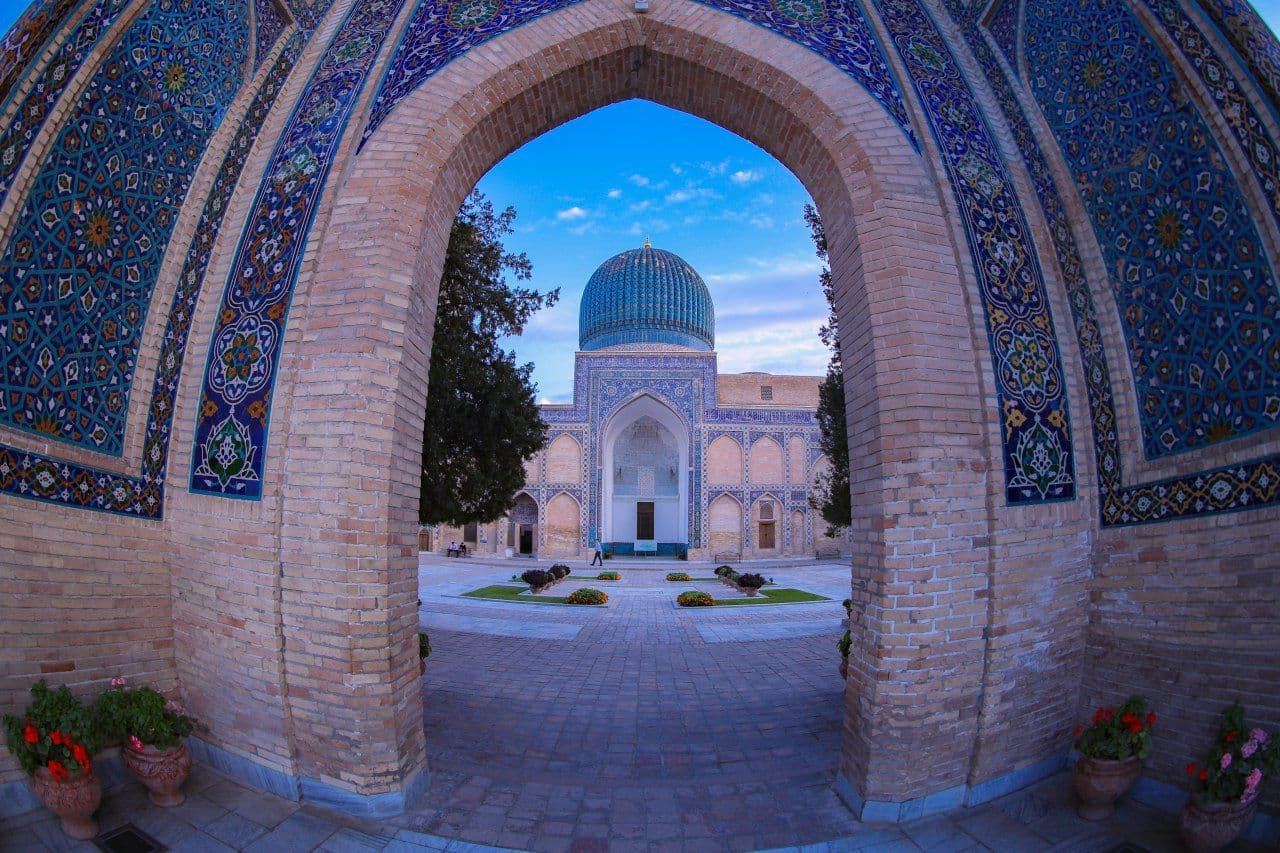
The State Tourism Committee, together with Navoi region officials, has studied the infrastructure facilities for geotourism and industrial tourism in the Amantoytov and Dovgiztov fields of the Navoi Mining and Metallurgical Combine (NMMC).
According to the committee, it aims to introduce new types of tourism.
“In recent years, geotourism has become popular as a new direction of the world tourism industry. Uzbekistan’s geological attractions, as well as unique landscapes, give the country enormous potential to attract tourists,” the Tourism Committee said.
In order to develop geotourism and industrial tourism in the region, the existing infrastructure facilities in the gold, ore and other mineral resources mines owned by the NMMC were studied. In the future, it is planned to turn the Amantoytov and Dovgiztov fields into tourist attractions.
The Amantoytov and Dovgiztov deposits are located in the ore area of the central Kyzylkum desert, located 180 km north of Navoi city and 40 km east of Zarafshan city. It is one of the rare deposits in the world in terms of ore reserves, accessibility of technological conditions of ore mining, high quality of products and other features.
The purpose of this project is to create exclusive know-how for foreign and domestic tourists and develop a new form of industrial tourism, without interfering with the production process.
Ecological tours in Uzbekistan
Over the last few years eco-tourism has become an increasingly popular form of tourism and recreation in the world. There are many definitions of ecotourism. Many scientific theses were defended on this fashionable topic. There is a simple and convenient definition of ecotourism approved by the World Tourism Organization: "Ecotourism includes all forms of nature-based tourism in which the main motivation for tourists is observation and familiarization with nature." In addition to the cognitive and aesthetic effect, eco-tourism is a shared view of active holidays.
Often ecological types of tourism include adventure tourism (trekking, horse riding, camel safari, biking, etc). However eco-tourism not always implies adventures as they are. Therefore, we consider "adventure tourism" as a separate category of tourism, more active and associated with overcoming a variety of natural obstacles, and even with a certain role of extremes.
Eco-tourists in Uzbekistan are attracted by special sights of inanimate nature, unique landscapes, geomorphological, hydrological and other objects (mountains and canyons, caves, lakes and rivers), exotic biotic communities (juniper or riparian forests, spring-blooming desert, Ustyurt Plateau, etc.), endemics of flora and fauna. During the eco-tours in Uzbekistan tourists also get acquainted with the culture, history and ethnographic features of regions inseparable from the natural environment.
Nature in Uzbekistan is uncommonly diverse and represented by mountain systems of Tian-Sham and Hissar-Alay, steppes, Kyzyl-Kum desert, riparian and juniper forests.
There are 8 reserves, 2 National parks, Nijne-Amudaryinski state bio-reserve, 9 state preserves in Uzbekistan. The total area of protected natural areas is 20,520 km2 (5% of the territory of Uzbekistan).
By Sher Karimov
